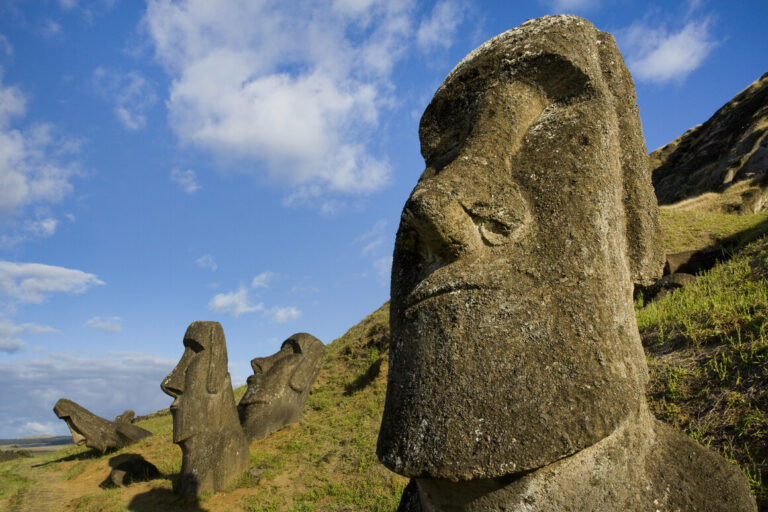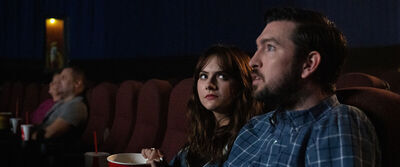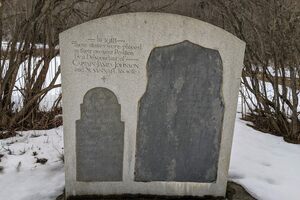The Paolozzi’s Studio in Edinburgh, Scotland

Sir Eduardo Luigi Paolozzi was born in Leith, a northern suburb of Edinburgh to Italian immigrants. He would go on to become one of the most influential sculptures of the 20th and 21st-centuries. In 1994, he personally donated his entire Chelsea based studio to the Scottish National Gallery of Modern Art. This included a vast array of sculptures, models, books, and toys. These objects were inspirations for many of his works. Visiting the gallery today, one can even view his desk, bed, and an assortment of other personal belongings.
Paolozzi began studying his craft at the Edinburgh College of Art, he would continue his education in London and Paris during the mid to late 1940s. He would go on to befriend many contemporary artists of his time, the most influential being the Surrealist Alberto Giacometti. This relationship would formalize Paolozzi’s unique style of incorporating metal and found objects into his work. It was his piece entitled, “I was a Rich Man’s Plaything,” that would be labeled by the press as “Pop,” thus introducing the world to an innovative art movement that still resonates today.
His sculptures can be found in museums and public spaces all over the United Kingdom. His most notable works are: “Faraday,” at the University of Birmingham, “The Manuscript of Monte Cassino,” “Newton after Blake” in front of the British Library, and the mosaic tiles of Tottenham Court Tube Station.
Paolozzi was appointed CBE, Most Excellent Oder of the British Empire, for contributions to the arts in 1968. In 1989, Paolozzi was given the title of Knight Bachelor by Queen Elizabeth II.





